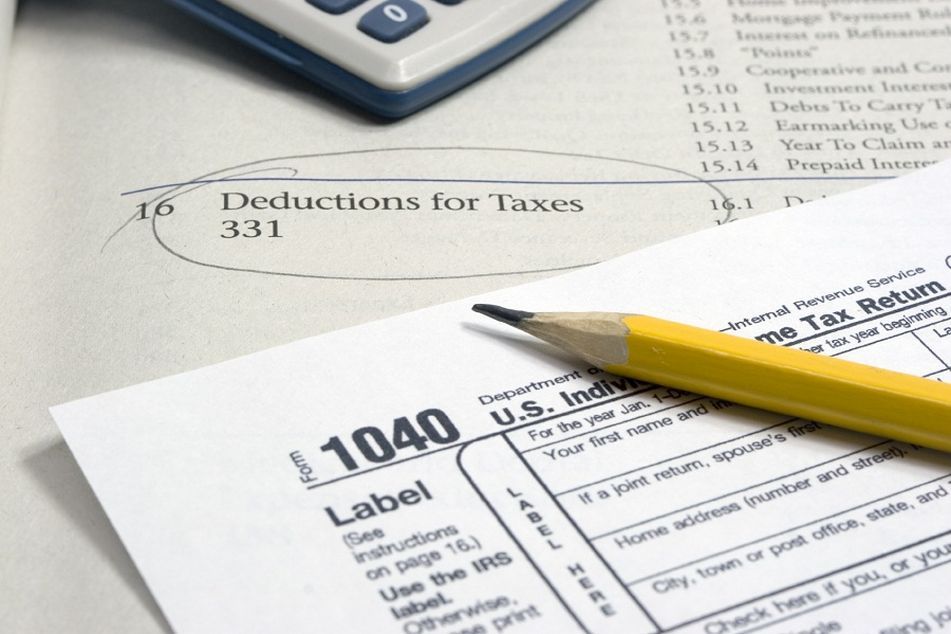Newly improved retirement tax rules

Permanent QCDs, expansions and enhancements let advisers plan ahead with certainty.
The so-called “tax extenders package” enacted on Dec. 18 improves on some existing retirement tax rules. Advisers should be aware of these changes and notify clients who might benefit from them early in the year.
Qualified charitable distributions are renewed — permanently.
QCDs finally have been made permanent, eliminating the almost annual wait-and-see ritual that has been the case since their inception in 2006. Advisers and clients have had to wait until the final days of the year to act with certainty.
QCDs expired again at the end of 2014, but the new law, the Protecting Americans from Tax Hikes Act of 2015, makes them effective retroactively for 2015 and beyond. No more expire-and-renewal nonsense each year.
QCDs allow charitably minded IRA owners and beneficiaries who are 70½ or older to directly transfer up to $100,000 of their IRA to charity each year. The distribution is not included in income, lowering adjusted gross income by a key amount that could otherwise trigger the loss of tax benefits or cause more Social Security benefits or investment income to be taxed.
SATISFIES RMD
The transfer can satisfy the annual required minimum distribution (up to the $100,000 annual limit). The QCD is not limited only to the RMD. Transfers can exceed the RMD up to the $100,000 annual limit.
For example, if Joe’s RMD is $10,000 and he wishes to give $15,000 to charity for the year, he can transfer $15,000 directly to the charity from his IRA. The first $10,000 satisfies his RMD for the year, but the entire $15,000 is excluded from his income, lowering Joe’s adjusted gross income.
For clients who wish to give to charity, the QCD provides the most tax-efficient way to give. In other words, the cost of giving is reduced by the tax benefit.
Now that the QCD provision is permanent, advisers can plan with certainty early in the year.
More public safety employees qualify for penalty-free access to their retirement savings.
The new PATH Act of 2015 enhances the ability of more public safety employees to take penalty-free withdrawals beginning in 2016. This is in addition to the trade bill signed into law in June 2015.
For many years, tax law provided an exception to the 10% early distribution penalty for withdrawals from company retirement plans for individuals who separate from service at age 55 or older. Another, less publicized exception, known as the “age 50 exception,” is available for some public safety officials, and this provision now has been expanded.
Early distributions are still subject to income tax. The exceptions I am referring to here are only for the 10% penalty, but that still can provide much-needed savings for some. The exception is not available for distributions from IRAs.
New laws expand the definition of “public safety official.” Under prior law, public safety officials only included state or local public safety employees. The first change in June 2015 expanded the term to include federal law enforcement officers and firefighters. Other federal workers, such as certain customs officials, border protection officers and air traffic controllers, were also given the ability to use the exception.
The second change, in the PATH Act, further expands that list to include certain nuclear materials couriers, any member of the U.S. Capitol Police or Supreme Court Police, and diplomatic security special agents of the State Department.
WIDER PLAN RANGE
As a result of the 2015 changes, the age 50 exception also is expanded to include distributions from governmental defined contribution plans. Previously, the exception applied only to distributions taken from governmental defined benefit plans. This will allow not only federal public safety employees, but also state and local public safety workers to access a wider range of retirement plans without penalty.
To qualify for this exception, the distribution will have to occur in 2016 or later, but separation from the employer must have occurred in the year the employee turned age 50 or older.
It’s generally best not to tap into retirement funds early. But if clients need to withdraw early and this new exception to the 10% early distribution penalty applies, it’s good to know that they can access their company plan retirement funds penalty-free. The funds withdrawn are still taxable, of course, but there’s no 10% penalty if the newly enhanced exception applies.
Ed Slott, a certified public accountant, created the IRA Leadership Program and Ed Slott’s Elite IRA Advisor Group. He can be reached at irahelp.com.
Learn more about reprints and licensing for this article.








